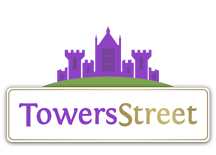Stuntman707
TS Member
- Favourite Ride
- Nemesis
I actually feel slight relief knowing that at least the ride did exactly what it was designed to do. I still think even after a complete hard reset, the ride should re-detect where all the trains are in the blocks.

